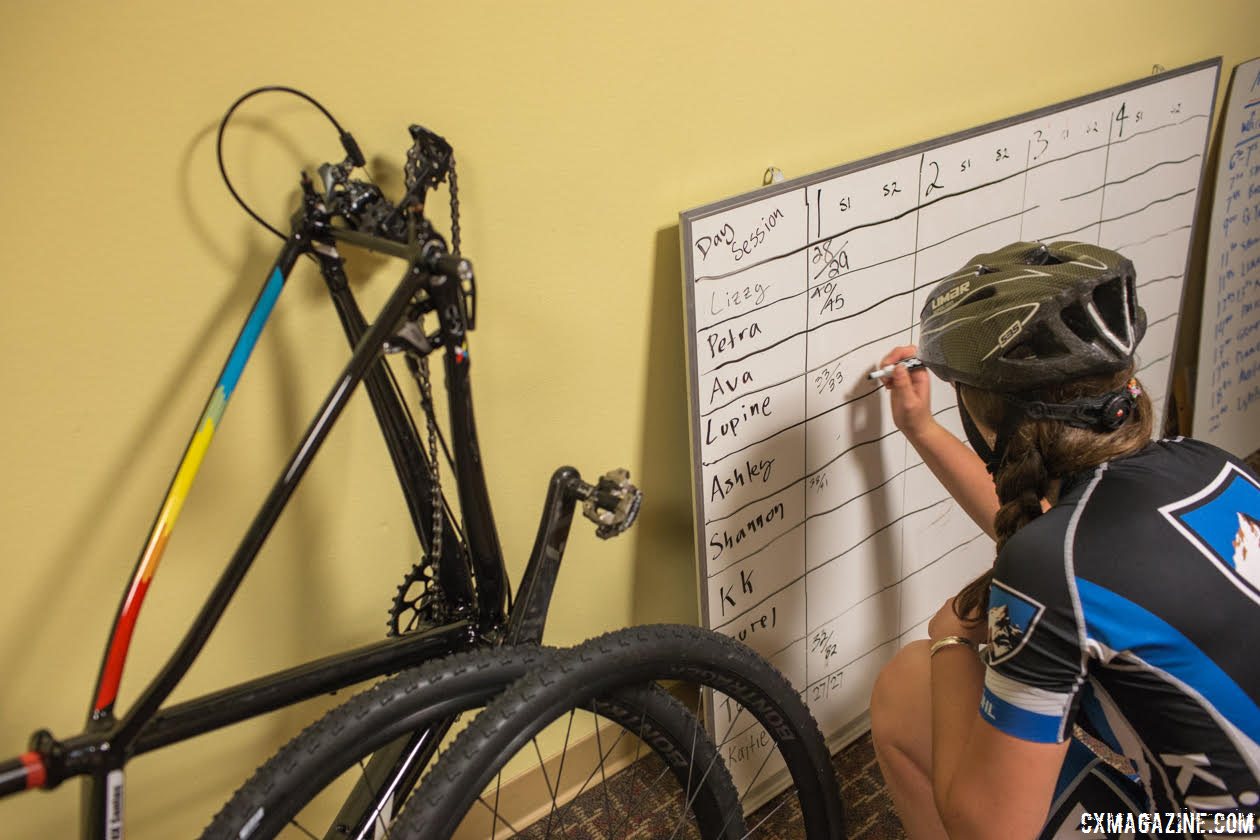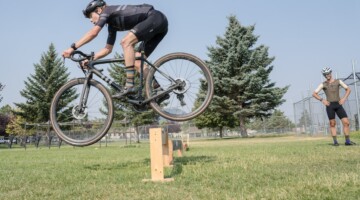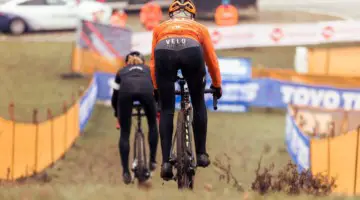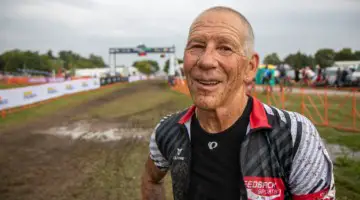Your season is over—or it will be soon. There are probably some things that went right and some that went not how you wanted. You’re probably already thinking about next season and how to address those issues.
Let’s talk about identifying your strengths and weakness for next year. But more importantly, let’s talk about a plan of attack that will apply to anything you want to address for next year.
Three Principles for the Offseason
There are three guiding concepts that I want to introduce. The first is the Pareto principle.
In short, a lot of your outcomes originate with a few of your causes. In looking at anything you want to change about your performance, there are a few key things you can hone in on that will have a big effect. There are probably a few small changes you could make that would have a big impact on the thing you want to change, be that fitness, diet or a particular skill.
Start thinking about one big area you want to change and then look at one or two single things you could change that would have a big impact in that area. we’ll explore some specific examples in a bit.
Related to that is “the perfect is the enemy of the good.” Cycling loves nitty-gritty details. There are a hundred training schemas to choose from and there are thousands of workouts to fit into those plans. It can be dizzying.
Don’t get caught up in weighing all those details. Pick a plan, any plan, and get to work.

Pick a plan, any plan, and stick to it. Montana Cross Camp, Women, 2017. © Tom Robertson
I think too many people get bogged down in trying to decide on the exact right course and that makes getting any real work done—or sticking to a plan consistently—very hard. Related to the above, stick to almost any different plan will get you 80% of the changes you want. The details start to matter in that last 20% or so, but they get very hard to come by at that point. Get on a simple plan and you’re going to see some really big changes regardless of how “perfect” that plan is.
The last concept is called chunking. Chunking means figuring out where you are, where you want to be and then breaking that distance between the two down into smaller, manageable parts.
A key part of this is starting off near where you are and then advancing a little bit each time. A little bit of work every week is really what you need to get you to your goals. I think a lot of people want to go full tilt and make big gains quickly (hello indoor trainer season!), but that often leads to burn out and dissatisfaction with the process.
Yes, you can do one 20-hour week on the trainer in January, but is that going to get you closer to your goals? Or would committing to 8-hour weeks for 3 months get you closer to that goal?
Pick a small manageable workload that you can commit to week in and week out. The big changes come over long periods. And you can shortcut that by putting more work in, but often by the time you get there a month of ahead of schedule you’ve got a bum knee or a burned-out head.
Apply the Principles to Cyclocross
Cyclocross, in very broad strokes, breaks into fitness and handling skills. How do you know which one you need to work on? If you’re #blessed 🙏 like me, your competition will chirp at you every race about how slow you are in corners. So I guess I should put in some work there.
If you are not so blessed, head over to Crossresults and see what they have to say about what courses you do and don’t do well on. Data are always a great resource, as it is objective and takes the pressure off you to make a decision.
Related to that, ask your friends or the people you race against what they think of your performance. Or you can look around at the people you practice with and see what you’d like to get better at relative to them. Maybe you wish you went uphill as fast as they did, or downhill as fast as they did.
You can do this for both skill and fitness-related aspects of the sport.

One option for figuring out what you should work on is asking your competitors. Collegiate Club Men. 2018 Cyclocross National Championships, Louisville, KY. © A. Yee / Cyclocross Magazine
Let’s say you want to get better at cornering. You’ve identified this because you get dropped in very technical sections but can make it back up on long flat sections.
You’ve identified where you are and where you want to be. What are one or two things you could change that would increase your handling in technical sections?
The obvious one is doing more cornering work on a regular basis. So there’s a small change you can make with a big outcome. You don’t have to change tire pressure and choice and get braver and learn line selection. That’s daunting. Just commit to working on corners more, of any sort.
There’s your Pareto Principle.
Next is a good plan, not a perfect one. Don’t worry exactly about what kind of corners or what specific improvement you want to see. Go out and do the thing on a regular basis for a medium length of time and see where you are at the end of it.
Then figure out how much you want to commit to per week, say twice a week, and initially don’t commit to much more than basic left and right turns. Now instead of the huge task “get better at cornering before next year,” you’re achieving your goal simply by actually doing work twice a week for a short period of time. Check back in with yourself in 2 or 3 months and I bet you’re a lot farther along that you imagined you would be.
I feel this approach works well for almost any goal. Fitness, handling and even body composition. For instance, instead of “lose x pounds,” could you simply add one fruit, vegetable or protein to your current meals? That removes a lot of the detail and pressure of counting calories or macros, and in the long term, it will result in some big changes, probably the ones you want to see.
I think the one area this doesn’t work so well for is accountability or motivation. Maybe you need some help sticking to a plan, even if you could formulate one yourself. Or maybe your goals are really big and you need someone to help you along with them.
If you’re having trouble figuring out where to even start, or sticking to a plan that you know you could formulate for yourself, a coach is a great place to start. There are a lot of other things that should go into (and that you should get out of!) coaching but that’s the usual starting place for hiring a coach.
A Plan for Improvement
Hopefully you’re excited about next season, be it gravel or cyclocross. A lot of that excitement is connected to improving on things from this year.
But what things? Use data and call a friend (or frenemy) to figure out where you could have opportunities to improve. From there, find some small, specific things you could address that would have a big impact on your goal.
Don’t get too caught up in your exact plan of attack. Formulate one that you’ll find easy to stick with for a couple of months and doesn’t require drastic changes in what you’re doing right now.
Then get in and start doing the work, be it a few focused intervals a week or some quality time with some cones in a field. If you can’t figure out where to start your plan, or how to stick with it, think about talking to a coach.




























